For anyone looking to pack on some serious muscle mass, one of the top priorities will be to determine what the best bodybuilding workout to follow is.
There are a wide range of different workouts available, so choosing the one that will suit your needs best is important.
It’s also essential that you understand which factors contribute the most to gaining lean muscle mass. A program that utilizes these principles will often fare better than one that doesn’t.
Let’s take a brief look at some of my top 10 muscle building programs/products I have come across in 2017.
1. Anabolic Running 2.0
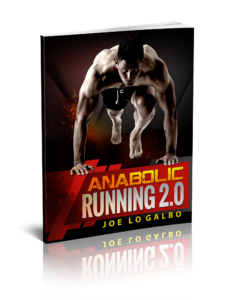 If Superman did a running workout, this would be it.
If Superman did a running workout, this would be it.
It’s the #1 method for packing on lean muscle and cutting inches off your waist in the shortest amount of time.
While also skyrocketing your testosterone and growth hormone levels. studies show, from the very first Anabolic Running workout your body will INSTANTLY be flooded with 530% more growth hormone and nitric oxide. It’s that quick.
Most ordinary folks know nothing about it…
2. Bulk Up Fast
 Following the “old rules” of bulking, all I ever wanted to do was sleep. I had to take stimulants hand over fist just to psyche myself up for my workouts! Then I’d spend weeks of cutting with terrible pumps, nosediving strength, and zero energy.
Following the “old rules” of bulking, all I ever wanted to do was sleep. I had to take stimulants hand over fist just to psyche myself up for my workouts! Then I’d spend weeks of cutting with terrible pumps, nosediving strength, and zero energy.
That’s because I was working against my body and it’s natural cycles of growth and hormonal reset.
And that all changes with the Bulk Up Fast system…Inside, you’ll discover the “new rules” of bulking.
With them, you’ll enter the most shocking period of hyper-growth humanly possible. All your hormonal and metabolic growth factors are firing at 110%.
And you’re going to send them an overwhelming signal to build massive amounts of new muscle. Do not be surprised if you experience noticeable growth from one day to the next. You’ll literally be taking advantage of every single hypertrophy factor that modern science has proven to work.
Grab your FREE copy here (while supplies last)
3. No Nonsense Fat Loss
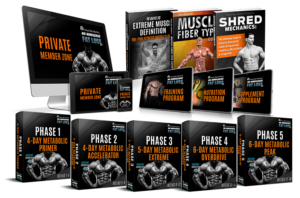 With January around the corner, we are all in dire need of an epic fat loss program.
With January around the corner, we are all in dire need of an epic fat loss program.
This is it.NNFL Is The ONLY “Non-Cardio” Fat Burning System Customized To Your Muscle Fiber Type So That You Destroy Unwanted Fat, Sculpt New Muscle Mass & Reveal Eye Catching Six Pack Abs
The best part? It has a LIFETIME guarantee.
You have literally nothing to lose but your gut, love handles and man boobs.If this isn’t the most effective fat burning system you’ve tried to date… and you’re not 100% with the amount of fat loss you experience in the coming months…
Simply let the ladies at Vince’s Helpdesk know and they’ll provide you a no-hassle, immediate, refund on the spot. And heck, you can keep the program just for trying it.
What’s the risk in at least trying? Here’s what you and I both know, one year from today you will certainly arrive. The question is where? Will you be in the same body or the body of your dreams?
4. Hollywood Abs
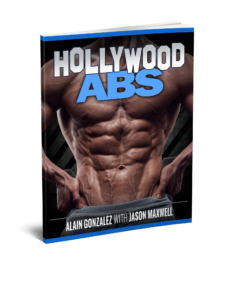 What are the most cutting edge techniques Hollywood actors, bodybuilders and pro athletes use to break records and transform at a lightning fast pace?
What are the most cutting edge techniques Hollywood actors, bodybuilders and pro athletes use to break records and transform at a lightning fast pace?
First off is probably drugs; steroids, growth factors, and injected insulin come to mind.
Second is natural supplements such as creatine. Thirdly, nutrition hacks such as carbohydrate depletion/loading, ketosis hacking, etc
I’m not debating that these methods work; they do.
The legality and safety, these Hollywood actors or stage ready bodybuilders are choosing to do to look perfect before they hit the bodybuilding stage/screen is another issue altogether.
However, there’s another more potent technique that has recently come to light that gives them an unfair six pack advantage.
Fasted abdominal training via abdominal blood flow circuits.
New research shows that “spot reduction” isn’t a myth, but a real thing. Research shows that A.B.C. is the best method for building your abs and melting belly fat.
It’s also one of the dirty secret’s marvel uses to get it’s superhero’s looking ripped for the camera in record time.
>> Steal Marvel superhero’s best kept six pack secret
5. Anabolic Reload
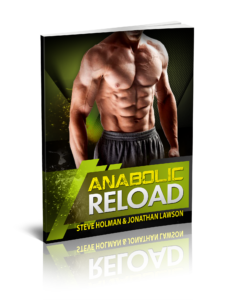 This muscle building secret from my friend Steve… (also known as the “Jacked Grandpa”) Is working out less… and lifting less.
This muscle building secret from my friend Steve… (also known as the “Jacked Grandpa”) Is working out less… and lifting less.
However, that’s not all…
He uses what’s called STX sets or “slow-twitch Xhaustion” sets…
Which force your muscles into sleeve splitting muscle growth… almost on command.
It won’t matter if you’re in your 30’s, 40’s, 50’s or beyond… Steve’s techniques will have you packing on strength and mass FASTER than you did as a teenager.
It can even be used by younger guys to accelerate results!
Check it out for yourself: STX sets for maximum growth
6. Anabolic Sleeping
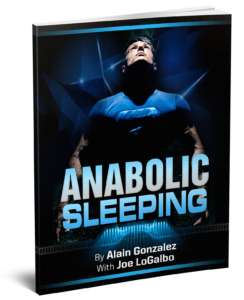 There are two times in the day your body builds muscle. One, post workout. The other, during sleep.
There are two times in the day your body builds muscle. One, post workout. The other, during sleep.
Unfortunately, most guys only build muscle post workout…
Meaning, you’re leaving MASSIVE results on the table…
However, today you can have the muscle-building edge 97% of men know nothing about. That will allow you to pack on mass overnight and skyrocket your strength.
Simply follow this simple pre-bed routine and let your body do the rest…
>> Anabolic sleeping – sleep less to have MORE energy, testosterone and muscle growth
7. Mass-Zymes
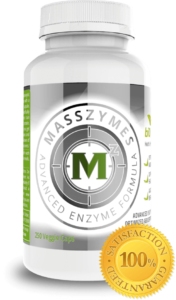
Starting in the 80’s, supplement companies began pushing massive protein consumption.
We all believed that “MORE PROTEIN = MORE MUSCLE GROWTH”.
I’m here to tell you that IT’S A BIG FAT LIE.
Just because something contains 40 grams of protein… it doesn’t necessarily mean you’re gonna absorb all 40 grams. Without enzymes, most of it ends up in your toilet bowl.
Enzymes have been one of the greatest nutritional discoveries ever.
I myself have just been learning about the benefits of a QUALITY enzyme – not all are created equally.
8. The Biohacker’s Guide
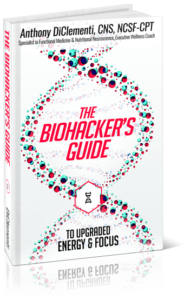 I’ll warn you. This is NOT your average health book. It’s written by one of the most controversial health coaches in the world…
I’ll warn you. This is NOT your average health book. It’s written by one of the most controversial health coaches in the world…
At first I was a bit skeptical… Yet after talking to Anthony via Skype about his “methods” I couldn’t help but share this information…
Because he’s helped men across the globe hack their hormones, health, and energy…
So I asked him for a favor… to write you a detailed guide on how to biohack your testosterone levels and record a value packed video course to help you boost your male hormones and libido using his “unusual” methods (that REALLY work)…
And he did… He’ll also show you how you can drop over 100 lbs of fat, pack on lean muscle, boost your energy levels, and feel 20 years younger all through “biohacking”…
Anthony put all his secrets into a single book which you can have today for FREE… All you have to do is pay for shipping. Check it out…
9. Anabolic Priming

Your hormones are the biggest dictator of how much muscle you can build. how well you perform and how good you look and feel.
Anabolic priming takes care of you form the inside out. Anabolic Priming is a cutting-edge and scientifically-proven system that unleashes floods of anabolic hormones in your body, creating the prefect environment for more muscle, better recovery and more strength.
It also prepares and activates your muscles, joints, nervous system, and even your psychology and mind, for any type of workout you are about to do.
If you are ready for the full, badass program, check it out below while it’s on sale for 90% OFF (until copies run out). You won’t be dissapointed.
>> Anabolic Priming 90% Off (while copies last)
10. Anabolic Stretching 2.o
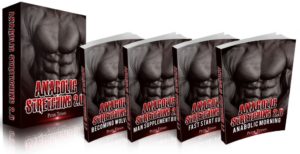 This is exactly the kind of thing that Arnold used to do in his workouts to build his incredible chest. He would hold the bottom position of a flye for 45-60 seconds (at the end of a chest workout when his pecs were pumped full of blood).
This is exactly the kind of thing that Arnold used to do in his workouts to build his incredible chest. He would hold the bottom position of a flye for 45-60 seconds (at the end of a chest workout when his pecs were pumped full of blood).
The key thing is that you’re not really “stretching” like in the way you do with most static stretching…you’re resisting the load in the stretched position.
There is a big difference.
And you will feel this difference the first time you try it.
If you aren’t familiar, Anabolic stretching can dramatically speed up muscle growth (334%), strength, and recovery. It’s the ultimate anabolic post workout solution.
>> Anabolic Stretching 2.0% OFF



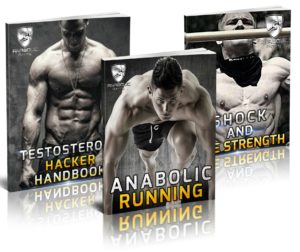





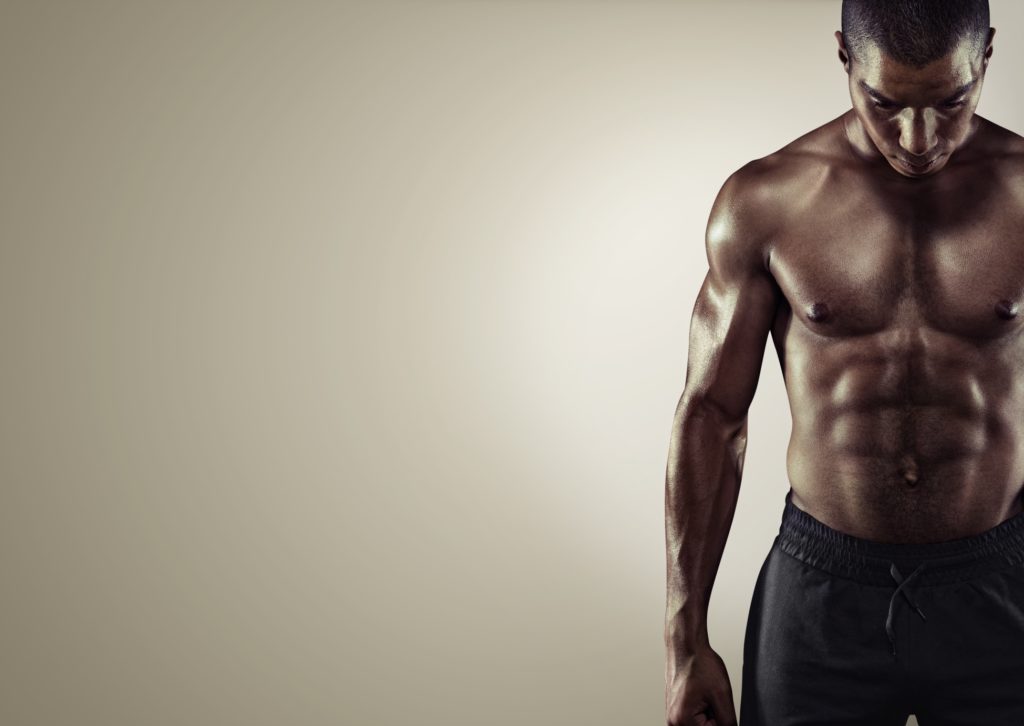


 1. Reverse betting
1. Reverse betting



